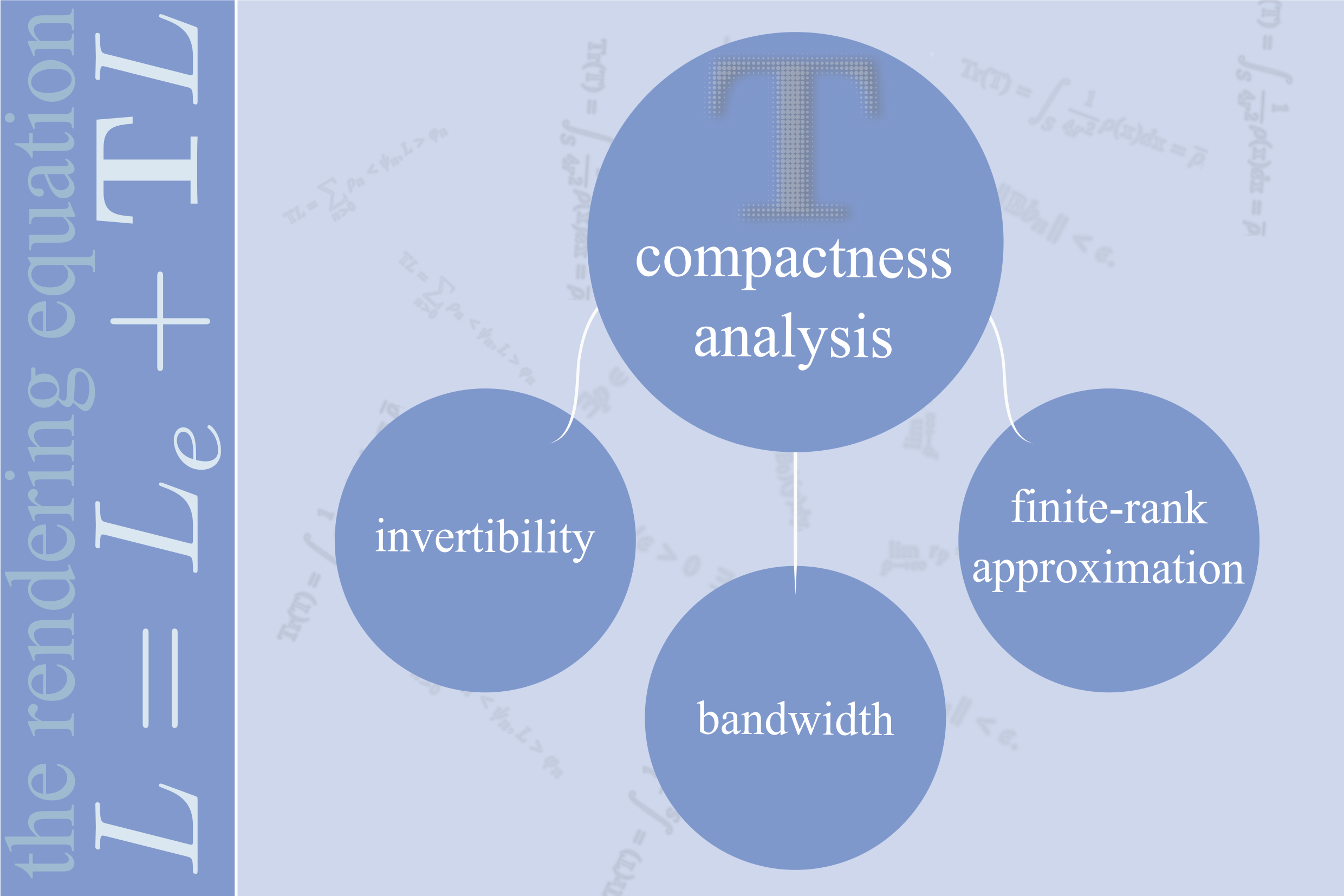

Rendering photorealistic visuals of virtual scenes requires tractable models for the simulation of light. The rendering equation describes one such model using an integral equation, the crux of which is a continuous integral operator. A majority of rendering algorithms aim to approximate the effect of this light transport operator via discretization (using rays, particles, patches, etc.). Research spanning four decades has uncovered interesting properties and intuition surrounding this operator. In this paper we analyze compactness, a key property that is independent of its discretization and which characterizes the ability to approximate the operator uniformly by a sequence of finite rank operators. We conclusively prove lingering suspicions that this operator is not compact and therefore that any discretization that relies on a finite-rank or nonadaptive finite-bases is susceptible to unbounded error over arbitrary light distributions. Our result justifies the expectation for rendering algorithms to be evaluated using a variety of scenes and illumination conditions. We also discover that its lower dimensional counterpart (over purely diffuse scenes) is not compact except in special cases, and uncover connections with it being noninvertible and acting as a low-pass filter. We explain the relevance of our results in the context of previous work. We believe that our theoretical results will inform future rendering algorithms regarding practical choices.
The material below is provided for means of research only. It should not be used for commercial use, unless explicitly allowed. If you use the code provided to make comparisons for you own paper, please contact the authors so as to get the proper credits to include in your publication:
@article{soler_2022_compactness,
title={A Theoretical Analysis of Compactness of the Light Transport Operator},
author={Soler, Cyril and Molazem, Ronak and Subr, Kartic},
booktitle={Siggraph Technical Papers (Conference Track)},
conference={Siggraph},
volume={41},
number={4},
month={Aug},
doi={10.1145/3528233.3530725},
year={2022},
}